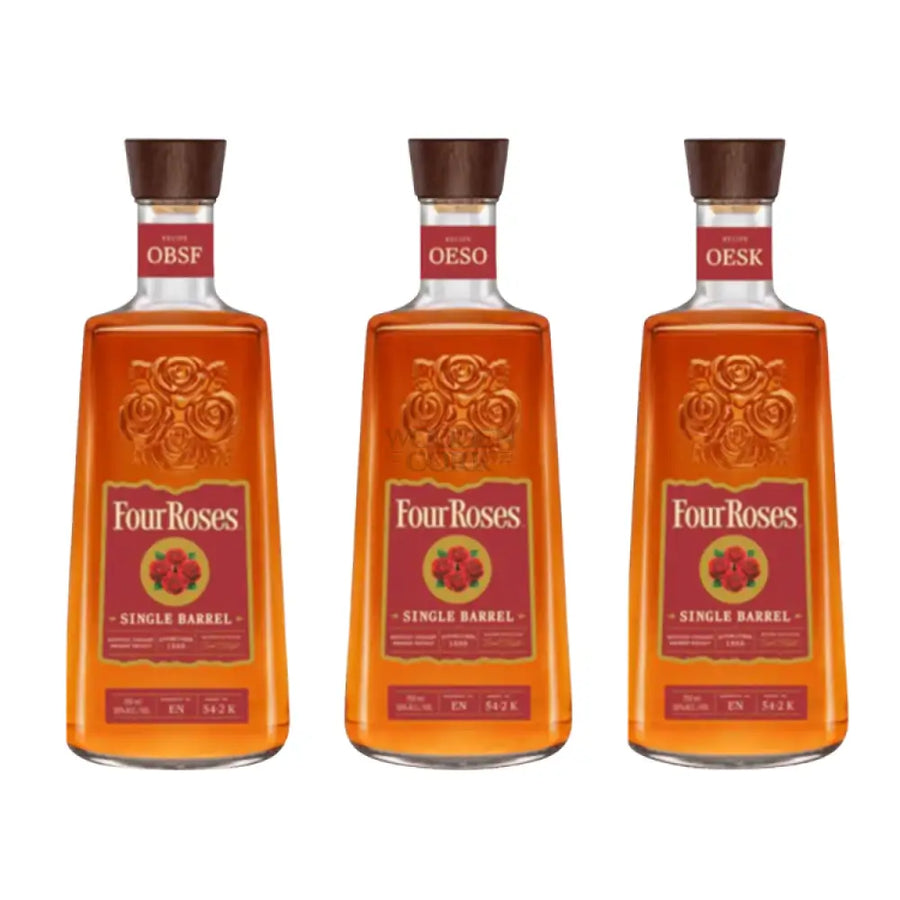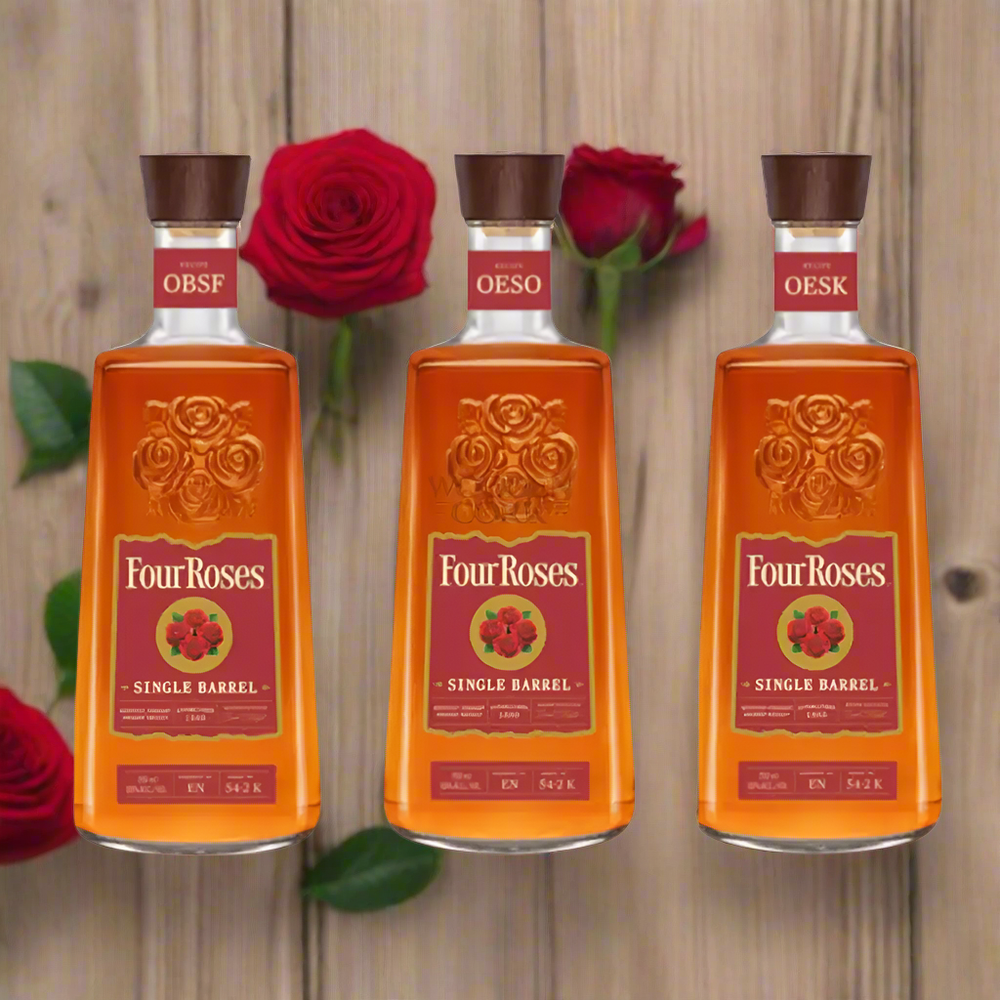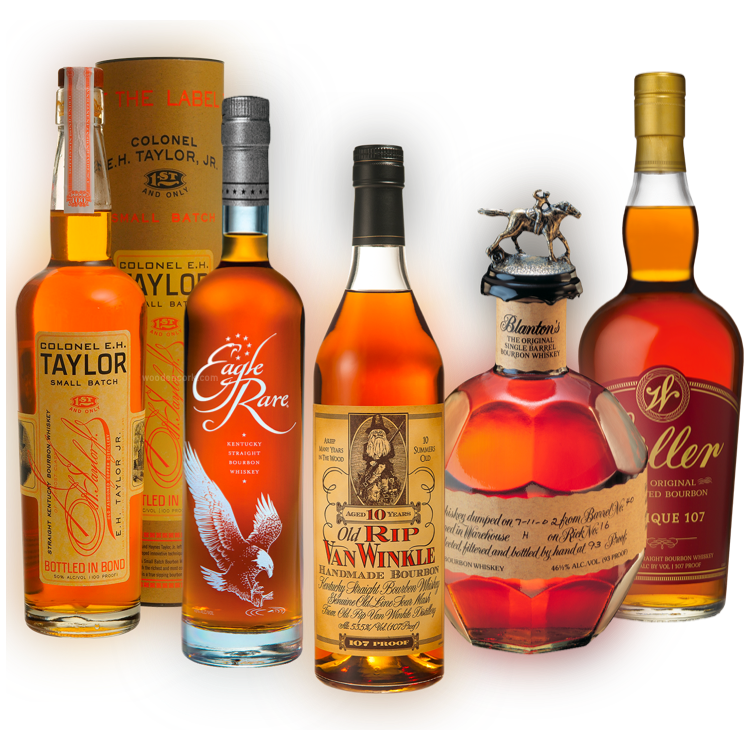Gin Trends in 2018
Variety is the spice of gin. Novelty in styles and flavors has driven interest—and sales—in the category.
“We carry 37 different gins at Lizz’s Wine & Spirits,” says Aaron Wells, proprietor of the Oak Ridge, Tennessee retail store. Fifteen of those have been added just in the past few years, including Uncle Val’s, Hendrick’s, Hawthorne’s and Post Modern. Most successful are gins in the $20-$25 range. “People have been comfortable spending that amount on Beefeater and it is an easy push to get them out of their comfort zone to try something new,” Wells says. At Lizz’s, Broker’s and Hawthorne’s are popular gin brands. “Over the last year we have done extremely well with Hendrick’s,” Wells adds.
Gin is top-of-mind for American consumers, thanks to media coverage and new and unusual gins.
Just opened on the Las Vegas Strip is the Juniper Cocktail Lounge that boasts over 80 different gins on its list, for example. And Deadpool star Ryan Reynolds made a splash when he recently acquired the Oregon brand Aviation Gin. Even Starbucks is playing the gin card: the café company ages coffee beans in gin barrels, then roasts and cold-brews them. Starbucks baristas add lime bitters and tonic water for a Gin Barrel-Aged Cold Brew.
Thanks to Noma and the Scandinavian food movement, foraging is a trend, which a few gin producers are trading upon. Irish producer Glendalough hired a professional forager to make its Wild Botanical Gin. Golden State Distillery’s Gray Whale Gin is flavored with botanicals foraged along the whales’ western migratory path, including Mendocino sea kelp and California almonds.
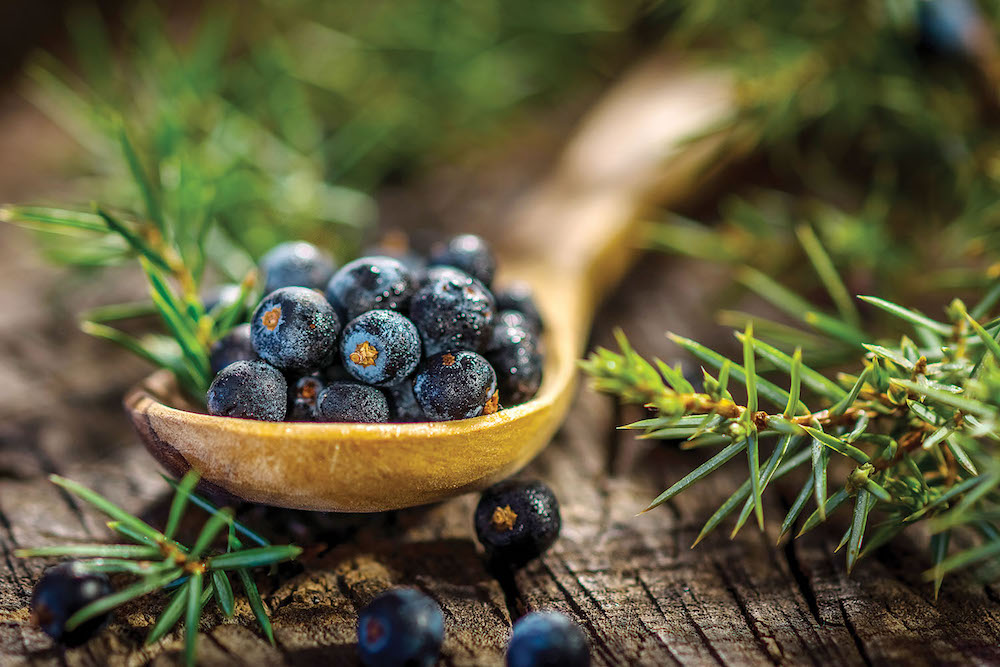
Among St. George Spirits’ gin portfolio is the recently introduced Terroir Gin; the wine term translates here to local, “forest-driven” botanicals such as Douglas fir, coastal sage and bay laurel.
Nikka Coffey Gin boasts Japanese botanicals such as yuzo citrus and sansho peppers.
All of this reportage tends to obscure the fact that overall the gin category has been declining over the past several years. Last year, category volume was down 0.6%, according to the Distilled Spirits Council (DISCUS). However, gross revenues were up 2.2%, thanks to a nearly 13% bump in the superpremuim gin segment. That statistic reflects consumer interest in craft and new styles, including pink gin and barrel-aged gin.
“While the overall gin category has been relatively flat over the past several years, the super-premium segment—which includes Bulldog Gin—has seen tremendous growth,” says Melanie Batchelor, VP of marketing, Campari America. In general, premium gin is driving the entire category forward, Batchelor adds, and part of that is the interest in craft gins. “We are seeing new and interesting gins enter the market on a more frequent basis, so it’s a really exciting time for gin.”
“Gin sales are on the rise and growing rapidly,” reports Steve Coram, president of Chilly’s Liquors. The Greenfield, Indiana retailer carries about 12 different brands of gin, many more than it has in the past. “Consumers seem to be trading up in the gin category and branching out into items like Tanqueray No. Ten and Bombay Sapphire East.”
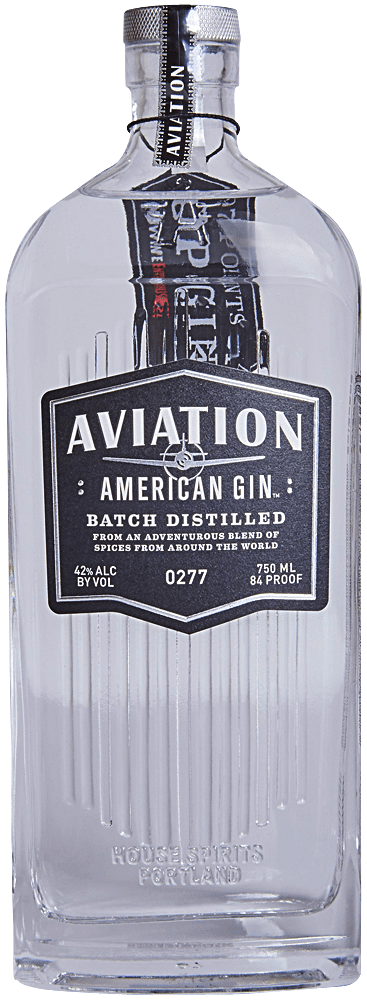
Craft is impacting the category, Coram notes, with labels like Hendrick’s seeing extreme growth even at a much higher price point. “We still sell a lot of volume in the well-known brands such as Tanqueray, Bombay and Seagram’s, but the growth of craft gin can’t be ignored.”
Premiumization is nothing new to the category, whether Bombay Sapphire or Hendrick’s or a new artisan gin,” says Allen Katz, owner and distiller of The New York Distilling Company in Brooklyn. “The compelling interest in cocktails has created an active, gin-drinking segment of the population that is happy to be introduced to gin for the first time and is not necessarily loyal to just one brand.”
Premiumization on the gin shelves is happening at Lizz’s Wine & Spirits, Wells reports. “We are slowly seeing individuals branch out and try new and pricier gin products.”
He believes the popularity of the bourbon movement is spilling over into the other spirits. “Thankfully, we are seeing an increase in people purchasing gin in the $30-$35 range. I attribute people’s willingness to spend a little extra money on the growing shift to creating their own unique cocktails at home. No longer does the mentality exist that you have to go to a bar or nightclub to step out of the box and try something new.”
The U.S. market is evolving to high-end, new world-style gins, says Bob Fowkes, co-founder and marketing director for Brockmans Gin. “This gin renaissance has taken hold in European countries, with a similar pattern beginning to evolve in the states as gin establishes itself as new, different and exciting,” he says.
“With a premium slant, consumers are looking to know more about their spend. We are given an opportunity to drill down to specifics of procedure and even botanical terroir,” says August Sebastiani, president of Uncle Val’s. The California brand is focusing more on the botanicals used and highlighting the unique production methods. “The story behind the inspiration for our gins helps to differentiate ourselves among other gin brands.”
“The consumer is looking for unique and different gin labels that have a story behind them,” says retailer Coram. “I believe the shift from the well-known brands to the smaller, craft brands will continue to occur just as it has across all spirit categories.”
“Consumers in general, and specifically millennial consumers, are becoming more experimental across several spirits categories, including gin. As they explore, they are becoming more knowledgeable and savvy about high-end cues—craftsmanship, ingredients, new flavor and taste profiles,” says Fowkes at Brockmans.
“Millennial drinkers are predominately driving this trend,” agrees Batchelor at Campari. “This set of consumers seeks quality, authenticity and is attracted to spirits with flavor. The natural botanicals of gin fall perfectly into that space.”
“The gin drinker of today does not resemble the gin drinker of even a decade ago,” explains Stuart Gregor, co-founder of Four Pillars Gin. “While there remain plenty of rusted-on mainstream gin drinkers, there is an entirely new generation of drinkers who are loving the new bold flavors, the delicious mixability and uniqueness-to-place gins that are coming from all corners of the globe.”
That’s a niche the Australian brand is carving out. In addition to Rare Dry Gin, Navy Strength and Spiced Negroni Gin, Four Pillars Bloody Shiraz Gin launched in California and New York late last year. This is an Aussie riff on sloe gin: Four Pillars Rare Dry Gin steeps eight weeks in Shiraz grapes from the Yarra Valley. “The Bloody Shiraz Gin for when you just want something unique, purple, delicious and mind-blowing,” Gregor says.
The rose wine craze has been spilling over into other beverages—including gin. With the advent of summer, this year more “pink gins” are showing up on retail shelves and backbars. These gins get their blush from botanicals (usually berries, roses or hibiscus).
Gordon’s made a splash with the recent introduction of its Pink Gin; the 1880s-era recipe gets its color from strawberries and raspberries. Hoxton Pink Gin blushes from rosehips and hibiscus. Beefeater launched strawberry-enhanced Beefeater London Pink. Like the classic Pink Gin cocktail, Gin Lane 1751 “Victoria” Pink Gin gets its hue from Angostura bitters. Raspberry-fueled Pinkster Gin is packaged in various bottle sizes as well as bag-in-box.
Pink is in New York Distilling’s future. Katz is getting into variations on some of his original gins. In the near-term, the company will launch Perry’s Tot Rose Infused Gin for the global duty-free market.
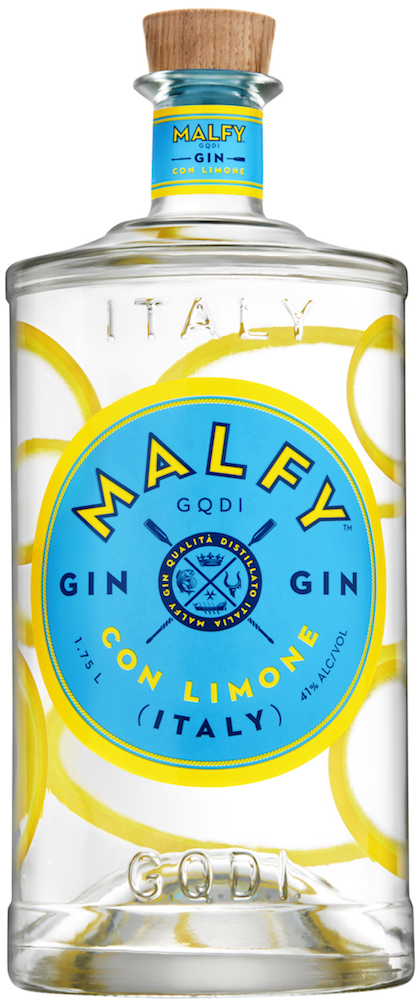
The Italian gin producers Malfy launched Malfy Gin Rosa, flavored with Sicilian pink grapefruit, as well as Malfy Con Arancia, with Sicilian blood orange, into the European market. “Both so far are run-away successes and we are having trouble keeping up with production,” says founder Elwyn Gladstone. Malfy Gin Con Limone was the first Italian gin to be imported to the U.S., Gladstone says. This year the company launched Malfy Gin Originale here, which looks to the terroir of Piedmont for inspiration.
Taking a page from whiskey makers, as well as hewing to historic antecedents, a few gin producers are releasing barrel-aged expressions. Most get a relatively short time in wood (just a few weeks), which adds an amber touch of color to the gin, as well as some oak notes and flavors from whatever the barrels previously contained. Traditionally Dutch gin (genever) matures in casks, as is the English Old Tom Gin. Some proponents of barrel-aged gin believe that the hue and flavor will lure whiskey geeks into the gin fold.
Some notable examples: Beefeater’s Bourrough’s Reserve Edition 2 is treated to a few weeks in Bordeaux barrels; Philadelphia Distilling offers Bluecoat Barrel-Finished Gin; and Corsair Barrel Aged Gin is matured in rum casks. Hotaling & Co. introduced a new interpretation of its Genevieve Dutch-style gin, the Barrel-Finished Genevieve Gin.
St. George Spirits makes a limited-release version of its Dry Rye Gin called Reposado, because it’s rested in French and American oak wine casks. An egg-shaped barrel adds finesse to Citadelle Reserve Gin. Aiming for historic accuracy, Ransom barrel-ages its version of Old Tom Gin. For its part, Four Pillars’ portfolio includes a Chardonnay Barrel Gin and a Sherry Cask Gin.
“We are also introducing Perry’s Tot Reserve, a barrel-aged version of our Navy Strength Gin that we have been playing with at our bar, the Shanty, for several years,” notes Katz at New York Distilling Company.
One of the most popular gins at Lizz’s retail store is barrel-aged, Wells says. The local, Tennessee-based company Post Modern Spirits distills its Uproot Gin with nine different botanicals and then rests it in oak barrels. “Our customers are loving the chance to try a top-shelf product retailing at $34.99, which has hometown roots,” Wells says.
Just as with other categories like whiskey and Tequila, gin brands have to clearly tell a story of quality, tradition and processes. And spelling out their botanical differences from competitors.

“We are focusing more on the botanicals that we use in each of our gins,” says Sebastiani about Uncle Val’s. “Highlighting the unique production methods, the botanicals and the story behind the inspiration for our brand helps to differentiate ourselves.”
This year the brand introduced a new marketing platform, “Shake up the Classics,” which creates a visual representation of the botanicals used in Uncle Val’s Botanical Gin.“Brockmans appeals to gin lovers who want to experiment with something that stands apart from the norm and to those who are less inclined to the more traditional gins with heavy notes of juniper,” Fowkes says.
The new world-style gin uses 11 botanicals from around the globe, including Bulgarian coriander and Tuscan juniper berries. This marks the third consecutive year of the brand’s “Brocktail” competition, inviting bartenders from around the world to enter their best Brockmans Gin cocktail. Winners, selected by public vote, are treated to a trip to Tales of The Cocktail in New Orleans.
“Although we find most people think that gin was created in Great Britain, we are hoping to show the world the true story behind gin’s Italian origins,” Gladstone says.
Malfy Gin Company emphasizes its Italian roots and claims that gin originated in monasteries on the Amalfi Coast in 1050 for medicinal purposes. “We revived this ancient art when we started the Malfy Gin Company,” he adds.
“We expect to see the trend of modern gins with new flavor profiles and botanicals to continue to grow,” says Uncle Val’s Sebastiani. “Our ‘American Style’ gins are seeing an increase in sales and we expect to finish stronger this year in comparison to last year as the ultra-premium gin category rises.”
“I think it will be a strong year for the gin category,” says New York distiller Katz. “But I also caution that the introduction of so many more gin brands makes it a continually challenging market.”
Thomas Henry Strenk is a Brooklyn-based freelance writer with over 20 years experience covering the beverage and restaurant industries. In his small apartment-turned-alchemist-den, he homebrews beer kombucha, and concocts his own bitters and infusions.
The post Gin Trends in 2018 first appeared on Beverage Dynamics.

